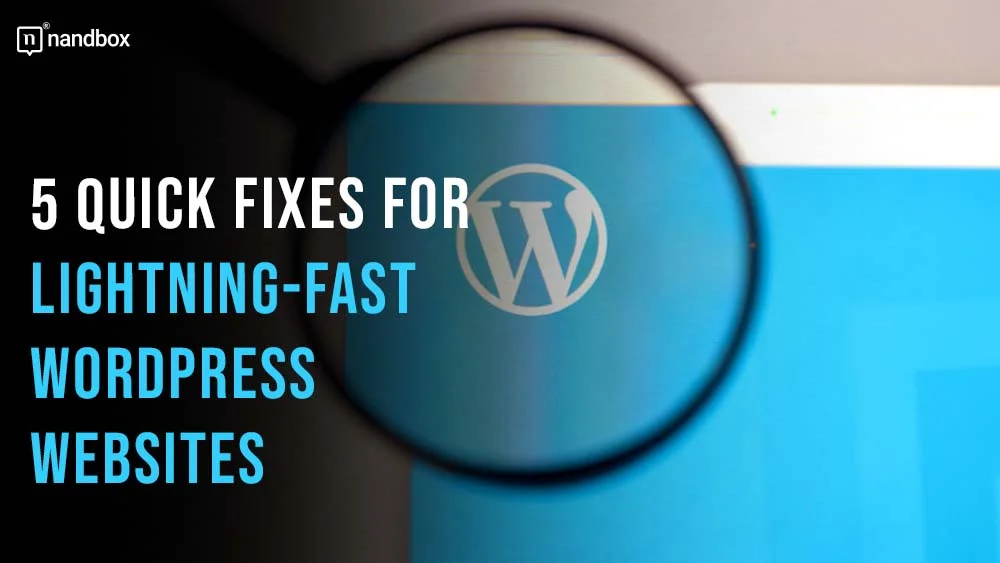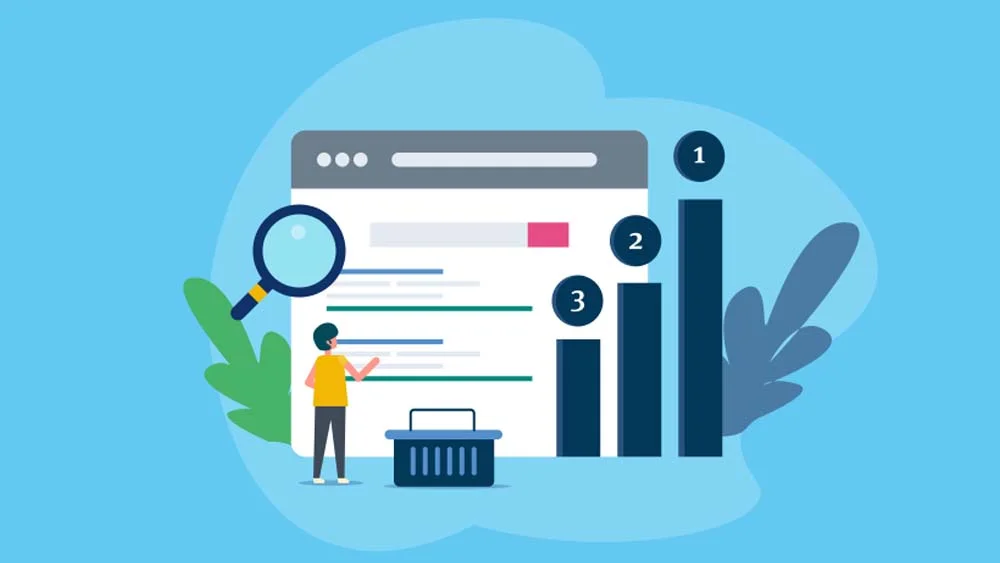Implementing Lightning-Fast Solutions for WordPress Websites
First impressions matter. The demand for ultra-fast website performance is at an all-time high. Whether you’re aiming to improve user experience, climb the ranks in search engine results, or simply stay ahead of the competition, the speed of your WordPress website plays a pivotal role.
If your site is struggling to keep pace, fear not! In this article, we’ll delve into five swift solutions that can swiftly elevate your website from sluggish to lightning-fast, ensuring you remain at the forefront of online success.
Benefits of speed optimization
Enhanced User Experience:
Faster loading times lead to a smoother and more enjoyable browsing experience for your visitors. Users are more likely to stay on your site, engage with your content, and return in the future if pages load quickly.
Better Search Engine Rankings:
Search engines like Google factor in page speed when determining rankings. Websites that load quickly are often rewarded with higher rankings in search engine results pages (SERPs), potentially increasing visibility and attracting more organic traffic.
Increased Conversions:
Studies have shown that even minor improvements in website speed can have a significant impact on conversion rates. Faster loading times reduce bounce rates and encourage visitors to explore your site further, leading to higher conversion rates and increased revenue.
Better Mobile Performance:
With the majority of internet traffic coming from mobile devices, optimizing your website for speed is crucial for mobile users. Faster loading times on mobile devices improve user satisfaction and contribute to a positive mobile experience.
Reduced Bounce Rates:
Slow-loading websites frustrate users and increase the likelihood of them leaving your site before it fully loads. By optimizing your site’s speed, you can reduce bounce rates and keep visitors engaged for longer periods, increasing the chance of conversion.
Lower Operating Costs:
Speed optimization can lead to reduced server resource usage and bandwidth consumption, resulting in lower hosting costs. Additionally, faster-loading pages require less data transfer, which can lead to savings for both you and your visitors.
Enhanced SEO Performance:
Alongside improved search engine rankings, speed optimization can positively impact other aspects of your SEO strategy. Search engine bots are more likely to efficiently crawl and index fast-loading pages, improving overall SEO performance.
Competitive Advantage:
In today’s competitive online landscape, having a fast-loading website can set you apart from competitors. A website that loads quickly not only impresses visitors but also demonstrates professionalism and reliability, helping you stand out in your industry.
5 Quick Fixes for Lightning-Fast WordPress Websites
Here are 5 quick fixes you can implement on your own to optimize your website for speed.
Optimize Images:
Large, uncompressed images are one of the primary culprits behind slow website loading times. Fortunately, optimizing images is a relatively simple fix that can yield significant results. Start by using image editing tools or WordPress plugins to compress images without sacrificing quality. Additionally, consider using the correct file format (JPEG for photographs, PNG for graphics with transparency) and resizing images to fit their display dimensions on your website.
Enable Caching:
Caching allows your website to store static versions of its pages, reducing the need for the server to generate them from scratch every time a user visits. By enabling caching, you can dramatically improve loading times for returning visitors. WordPress offers several caching plugins, such as W3 Total Cache and WP Super Cache, which can be easily installed and configured to suit your website’s needs.
Minify CSS and JavaScript:
CSS and JavaScript files often contain unnecessary whitespace, comments, and other elements that increase file size and slow down loading times. Minification is the process of removing these extraneous characters, resulting in smaller file sizes and faster loading speeds. Numerous WordPress plugins, such as Autoptimize and WP Rocket, automate the minification process, making it hassle-free for website owners.
Utilize Content Delivery Networks (CDNs):
Content Delivery Networks (CDNs) distribute your website’s static assets (such as images, CSS, and JavaScript files) across multiple servers worldwide. When a user accesses your website, the CDN delivers these assets from the server nearest to their location, reducing latency and improving load times. Many CDNs integrate seamlessly with WordPress, offering easy setup and configuration through plugins or built-in functionality.
Implement Lazy Loading:
Lazy loading is a technique that defers the loading of non-essential resources, such as images and videos, until they are needed. Instead of loading all content at once, lazy loading prioritizes the display of above-the-fold content, allowing the rest of the page to load asynchronously. This not only speeds up initial page load times but also reduces bandwidth usage and improves overall performance. WordPress plugins like Lazy Load by WP Rocket or a3 Lazy Load can help you implement lazy loading on your website with minimal effort.
Conclusion:
By implementing these five quick fixes, you can significantly enhance the speed and performance of your WordPress website. Remember that website optimization is an ongoing process, so regularly monitor your site’s performance and make adjustments as needed. With a little effort and the right tools, you can ensure that your website delivers a lightning-fast user experience every time.




